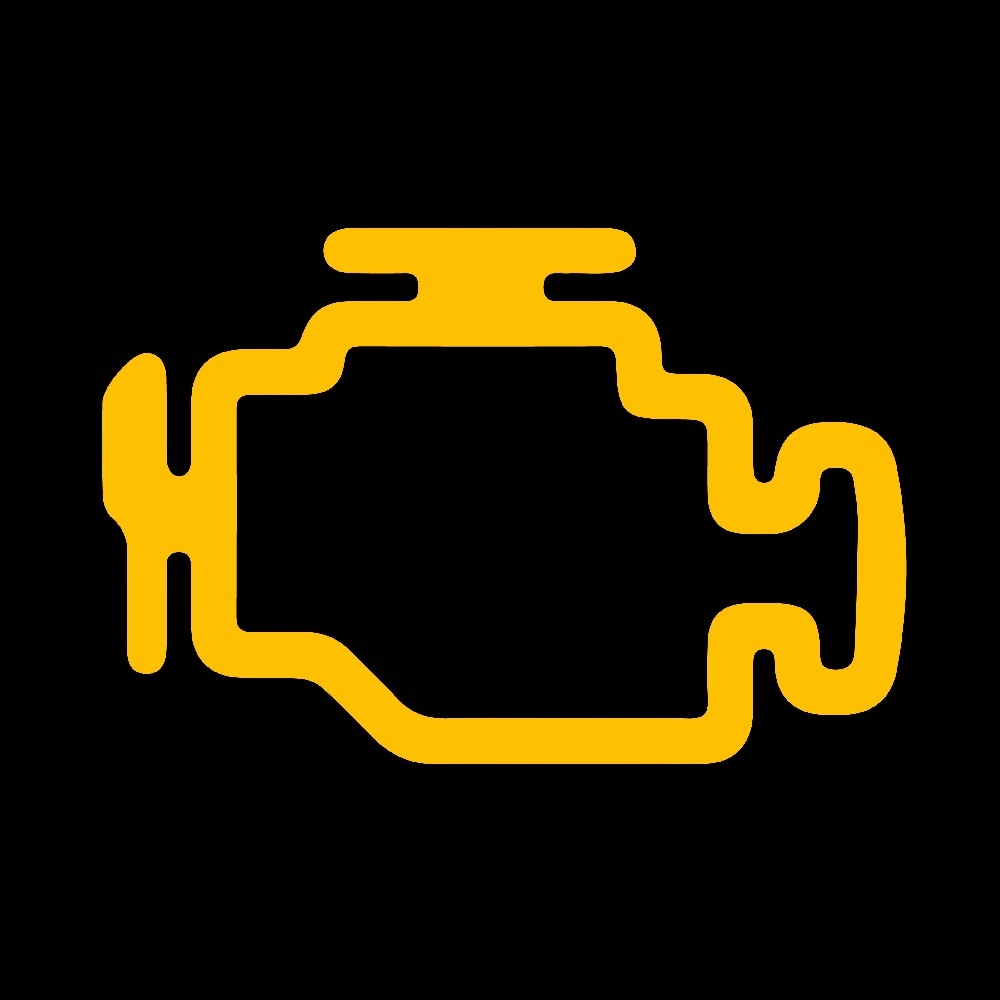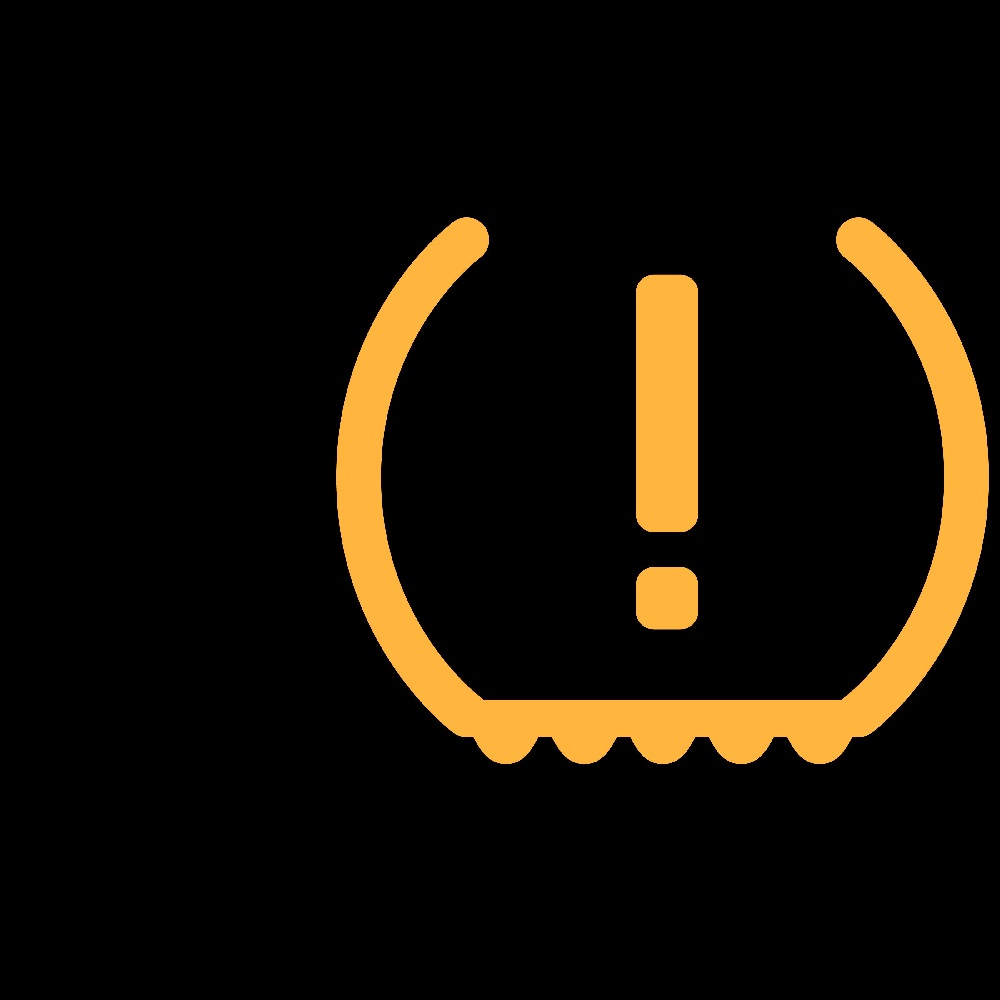The service light is an essential indicator on your vehicle’s dashboard. It alerts you when your car requires maintenance or servicing. This light can mean several things, from regular oil changes to more serious issues needing immediate attention. Understanding this light is crucial for your car’s health and longevity. In this article, we will delve deeper into the service light, what it signifies, how it differs from other warning lights, and what you should do when it comes on.
What is a Service Light?
A service light, often seen as “Service Engine Soon,” “Maintenance Required,” or similar phrases, is part of your vehicle’s onboard diagnostic system. It lights up to inform you that your car needs attention. Depending on the make and model of your vehicle, the service light may operate differently. However, the primary purpose remains the same: to ensure you keep your car in optimum condition.

Many car manufacturers incorporate a maintenance schedule in their systems. This schedule includes various services, such as oil changes, tire rotations, and brake inspections. When the service light turns on, it usually indicates that one of these services is overdue or that something else needs checking.
Why Does the Service Light Matter?
Ignoring the service light can lead to significant issues down the road. When maintenance is neglected, you risk damaging your car or even endangering your safety. Regular service ensures that your vehicle operates smoothly and efficiently. When you keep up with maintenance, you also prolong your car’s lifespan, leading to substantial savings over time. Hence, understanding the service light and acting promptly is vital for any car owner.
Common Reasons for Service Light Activation
Many reasons can trigger the service light to illuminate. Some causes are routine, while others could indicate more serious concerns. Recognizing these reasons enables you to take appropriate action.
Engine Oil Change
One of the most common reasons for the service light to come on is the need for an engine oil change. As oil ages, it loses viscosity and protective properties. Routine oil changes ensure that your engine runs smoothly and efficiently. If you neglect this service, you risk severe engine damage, which could lead to costly repairs.
Filters Need Replacement
Your car’s air and fuel filters also require regular checks and replacements. Over time, these filters can become clogged with dirt and debris, which diminishes performance and fuel efficiency. If your service light turns on, it may be an indication that these filters need attention.
Brake Inspection
Brakes are one of the most crucial safety features of your vehicle. A constant service light might indicate that it’s time for a brake inspection. Worn-out brake pads can lead to decreased stopping power, increasing the risk of accidents. Keeping up with brake services is essential for maintaining optimal safety on the road.
Tire Rotation and Pressure
Tires wear unevenly if not rotated regularly, which can lead to poor handling and safety issues. Additionally, a drop in tire pressure can cause abnormal wear and extend braking distances. A service light may illuminate if the tire pressure is low or if it’s time for a rotation, warning you to take action.
Fluid Levels
Your vehicle relies on various fluids to function correctly. Engine coolant, brake fluid, and transmission fluid all need to be at the right levels for optimal performance. If any of these fluids are low, a warning may trigger the service light, prompting you to check your fluid levels.
What to Do When the Service Light Comes On
When your service light comes on, your first instinct may be to feel alarmed. However, it’s important to stay calm and take the necessary steps to address the situation. The following guidelines will help you navigate this scenario effectively.
Consult Your Owner’s Manual
The first step is to consult your owner’s manual. It contains essential information specific to your vehicle, detailing what the service light means for your particular model. Make sure to check the section about dashboard indicators. It will help you understand the meaning behind the service light and what actions you should take.
Basic Checks
After consulting the manual, perform some basic checks. Start with your fluid levels. Are your oil, coolant, and brake fluids at the appropriate levels? Next, examine your tires. Are they inflated correctly? Lastly, listen for any unusual sounds when you start your vehicle. If anything feels off, it’s best to take action sooner rather than later.
Schedule a Service Appointment
If you’re unable to identify the issue through basic checks, it’s advisable to schedule a service appointment with your mechanic. Skilled professionals have diagnostic tools that can pinpoint the exact reason for the service light. They can provide a thorough inspection and address any underlying issues. Remember, the sooner you address the problem, the less costly repairs you may face later.
Differentiating the Service Light from Other Warning Lights
Understanding the distinctions between various dashboard lights is essential for car safety and maintenance. Not all dashboard lights indicate the same things. Some lights require immediate action, while others may signal routine maintenance.
Understanding Warning Lights
Warning lights are typically red or yellow. Red lights usually indicate a serious issue that requires immediate attention, such as engine overheating or low oil pressure. In contrast, yellow lights often signify caution and indicate that maintenance is required soon. The service light generally falls into this category.
Understanding Maintenance Lights
Maintenance lights, like the service light, may turn on based on interval schedules. These lights are usually yellow. They alert you to routine services like oil changes or inspections. It’s crucial not to confuse these with warning lights that indicate urgent problems.
Diagnostic Lights
Some vehicles come equipped with a “Check Engine” light. This light signifies that there’s an issue with the vehicle’s engine or emissions system, necessitating immediate diagnostics. It typically indicates a malfunction that might affect performance or emissions. Unlike the service light, it should be checked as soon as possible.
Importance of Regular Maintenance
Staying on top of your car’s maintenance not only helps avoid the service light’s appearance but also contributes to your vehicle’s overall well-being. Regular maintenance can save you from significant repair costs and extend the life of your car.
Better Performance
Regular maintenance improves your car’s performance. Whether it’s an oil change, tire rotation, or brake inspection, all of these services contribute to better handling and efficiency. A well-maintained vehicle is less likely to experience breakdowns or performance issues, allowing you to drive with peace of mind.
Fuel Efficiency
Ignoring maintenance can lead to decreased fuel efficiency. For example, dirty air filters can reduce airflow to the engine, causing it to work harder and consume more fuel. By keeping up with regular services, you enhance your vehicle’s efficiency and save money at the pump.
Enhanced Safety
Safety is paramount when it comes to driving. Regular maintenance, particularly of the brakes and tires, ensures your vehicle is safe to drive. A well-maintained car responds better to driving inputs, making it easier to avoid accidents. As a driver, your well-being and that of your passengers depends on keeping your vehicle in peak condition.
Conclusion
In summary, understanding the service light in your car is fundamental for its maintenance and your safety. Regular checks and prompt actions can prevent small issues from escalating into significant complications. Don’t ignore the service light. Instead, embrace it as a reminder that keeping up with your vehicle’s servicing is vital. A well-maintained car not only gives you confidence on the road, but it also offers peace of mind and long-term savings. Stay informed, stay proactive, and enjoy the road ahead!


